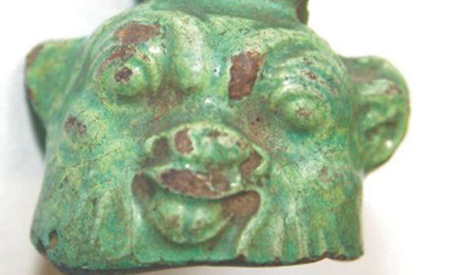A couple of weeks ago, our family’s main babysitter, an undergraduate chemistry major, made a depressing — and depressingly accurate — observation: She has several female friends who are chemistry majors, all of whom are smart and technically proficient and genuinely interested in the subject. But when she goes to research-intensive summer programs, and meets graduate students from a variety of institutions, the women aren’t there anymore. This anecdote illustrates what more serious research quickly proves: that despite the professional gains of women over the past several decades, they are still underrepresented in STEM careers and fields.
One reason our sitter’s observation stuck with me was that I had been listening to an advance copy of Science Fair, the newest family music compilation from Spare the Rock Records. Science Fair is a album of songs by women, in support of girls’ science education. I mean “in support” as broadly as possible: Virtually all of the songs explicitly promote the message that girls can do science, and the net proceeds from the record will go to Girls Inc.‘s science education program.
Science Fair is so up-front and direct about its message that it would have been easy for the album to be insufferably earnest and dogmatic. That it’s not, I think, stems from several different causes: First, there’s an impressive array of family music talent on display. There are new songs by Mates of State, Laura Veirs, Elizabeth Mitchell, Frances England, and many others, and so there are catchy tracks aplenty. While the target audience is probably a little younger, I can report that my 9yo son, whose musical tastes run more to The Decemberists and The Hold Steady, has consistently enjoyed the record. (And he immediately had us buy a copy to give to one of his science-oriented friends at school.)
Let’s not kid ourselves: Anyone who has any sort of connection to indie rock from the last several decades will be grateful for one of Science Fair‘s achievements: introducing a new generation to the genius of Guided By Voices. The first video from the record is the Mates of State, covering “I Am a Scientist”:
(Here’s a link to the GBV classic.)
The other thing, I think, that keeps Science Fair from veering into insufferability is that Bill Childs, the founder of Spare the Rock Records, conceived of the record in part as a tribute to his parents, as he thought back over the distinctive experience of being raised by feminist scientists. His mother gives the flavor of being a hardcore scientist in industry in the 1960s:
I was slow in coming to the realization that I was drastically underpaid and disrespected compared to my male coworkers. It was 1964 and I was in my second year of my first off-campus job, at Phillips Petroleum Company. I was using the company’s new IBM 7094 mainframe computer to model and optimize nonlinear systems like gasoline plants, a somewhat harder group of problems than those most of my coworkers were working on.Bill’s sister has also reminisced about their upbringing, including both the grandmother who ran a biological supply company and the local guidance counselor who doled out advice about prospective colleges based in large part on the prospects for an Mrs. degree.
I knew that my job title (engineering aide) was different from those of my peers (research scientist, computer analyst), though my job was similar; I thought that was because I had been hired more recently than everyone else. I was grateful to have been hired at all, though I had a solid BS degree with a double major in math and chemistry . . .
The new engineering aide was a young man with a high school diploma and a drafting class. His job was more clerical than technical. He was paid slightly more than I was.
Even though the Childs aren’t actually on the record — though his daughter is in the Mates of State video! (Don’t be creepy!) — that sense of personal commitment to, and understanding of, the issues shines through the project.
Commitment and dedication to a cause aside, however, the record stands and falls on the music. Childs has been running a “kindie rock” radio show, Spare the Rock, Spoil the Child with his children for some years now, as well as coordinating various festivals and other family music projects, and so he has both extensive contacts and good taste. (I interviewed Bill about kindie rock in 2010 on the occasion of Spare the Rock Record’s first release, a fundraising record for Haiti.) Buy it for the worthy cause; play it because your family will find tracks that they love.




 FILE - This undated photo released by NASA shows astronaut Sally Ride. Ride, the first American woman in space, died Monday, July 23, 2012 after a 17-month battle with pancreatic cancer. She was 61. (AP Photo/NASA, File)
FILE - This undated photo released by NASA shows astronaut Sally Ride. Ride, the first American woman in space, died Monday, July 23, 2012 after a 17-month battle with pancreatic cancer. She was 61. (AP Photo/NASA, File) 




